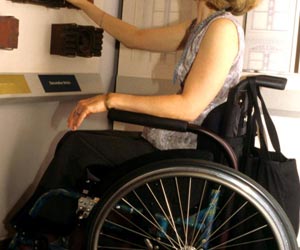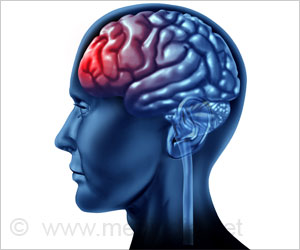A group of neurons in the visual cortex called the striate cortex, or V1, is handling two sets of pictures from our eyes - one each from the left and right eye.

"If you're reaching out with your hand, you want to aim not at where things appear to be, but where they are," said Bas Rokers, psychology professor at the University of Wisconsin-Madison.
"Two eyes are giving you two images that don't by themselves tell you where things are relative to your hand. It's the integrated information that tells you where things are," Rokers said in Current Biology.
The Wisconsin-Madison team found the point in the human brain in which the transformation to a cyclopean view of the world takes place. The findings may help in the treatment of vision problems like amblyopia, or lazy eye.
A group of neurons in the visual cortex called the striate cortex, or V1, is handling two sets of pictures from our eyes -- one view each from the left eye and the right eye.
The researchers tucked people in functional magnetic resonance imaging (MRI) machines, and had them peer into a prismatic device that showed each eye a different image.
Advertisement
Source-IANS














